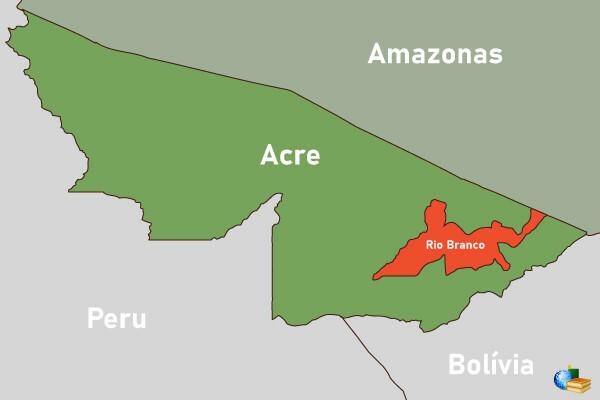THE Brazilian Foreign Debt, currently, is the second largest among underdeveloped countries. It is divided into public debt and private debt. At the end of 2012, the Brazilian external debt reached the value of 312.8 billion dollars, an increase of 6.24% compared to the previous year.
Its origin comes from the independence of Brazil, but it was during the dictatorship, between the 1960s and 1980s, that the debt took its biggest leap. Before the 1964 coup, the foreign debt in Brazil was 12 billion dollars and, at the end of the dictatorship, it already reached 100 billion dollars. The debt stabilized only after the FHC and Lula administrations.
During 2008, much was said about the end of the external debt. However, it continues to exist. What happened, in fact, was a misinterpretation of the following sentence: “Brazil stopped being a debtor country and became a creditor country”. This only means that international reserves, for the first time, became larger than the Brazilian external debt.
Do not stop now... There's more after the advertising ;)
And couldn't Brazil simply pay off the foreign debt using these international reserves?
This would be a very risky procedure, since international reserves are always used to bail out the economy in times of crisis. In other words, should there be a new crisis, the country would not be able to survive without its international reserves. In addition, there is an imposition by the IMF (International Monetary Fund that manages external debts) of not accepting the total payment of the external debt at once.
By Rodolfo Alves Pena
Graduated in Geography
Would you like to reference this text in a school or academic work? Look:
PENA, Rodolfo F. Alves. "Brazilian Foreign Debt"; Brazil School. Available in: https://brasilescola.uol.com.br/brasil/divida-externa-brasileira.htm. Accessed on June 28, 2021.

